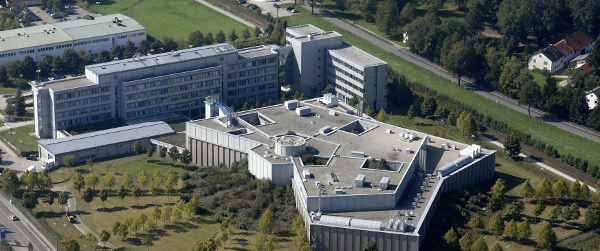
CBR Q: How are Amadeus’s global distribution system and other airline IT solutions being delivered?
The global distribution business is around booking and reservation, connecting travel agencies with airlines, railways and hotels – which is roughly between two-thirds and 75% of our business model. We then have the airlines IT solutions, which is anything between 25% and one third of our revenue. We support the day-to-day processes of airlines from the IT side: check in, boarding, baggage tech printing, and load plans – a mission critical service because if the service is unavailable then they can’t board the plane. We also have a third business which looks at research and development, enabling insight into new business opportunities.
CBR Q: In providing a highly mission critical service, how do you deal with downtime and other disruptions that could happen?
We try to avoid them. We also have very specific and best practice processes to resolve these issues very quickly. One is we have the best people to resolve the problem. We have also ensured that our architecture and design of our infastructure allows for our service to still operate, even in the event of failure. So if we’re having a problem, we can switch over to either the infastructure or architecture so that the service disruption is minimal.
From my perspective, service stability is not a challenge for us; it’s something that you’re continuously working on. There is no business that has zero disruption. You also get from time to time a power cut in electricity and what you want is that these power cuts are minimised.
CBR Q: The market for data centres is moving to more of software defined approach. Where does Amadeus fit in?
What you can do today is you can make the application in a way that you don’t have to install and run it. You take a file, you click on it and it runs. That’s what people call the software defined data centre, and that’s what we’re doing as well because it’s actually one of our core strategies to make sure that we get increased agility. So if we want to provide faster services in the future, then we need to be able to provision those applications faster, which means we need to bring them to the computer faster. So what we’re doing is we have pre-reserved computers and we now have the technology that as the application arrives, we start it up and we’re done. We started a couple of years ago and we’re continuously doing it.
CBR Q: What techniques are you deploying to keep your data centre cool?
If it’s very hot here, we’re using normal air conditioning. This climate here is not the warmest and it’s good because in winter, we’re using outside air to cool it. We also have, as you can imagine, our own well, which provides us with cool water, allowing us to do emergency cooling. There’s a pretty nifty operation here as we need to make sure there is no service disruption and the worst thing that could happen here is if we couldn’t cool the computers or we were losing power.
The data centre itself is actually three data centres that are redundant and totally independent. Let’s say two data centres are coupled from the power and cooling perspective, which means if we’re losing heat, power and cooling, we can lose one of the data centres completely without any service disruption.
CBR Q: How do you find competing with Sabre, Pegasus and Datalex among other players?
We’re not commenting on competition, but absolutely there are challenges ahead. It’s not as if our competition is sleeping, there is fierce competition going on but we’re investing an extraordinary amount in R&D, innovation. We’ve always been on the forefront of technology with new services, with our R&D figures between 12-15% of revenues in Europe. Statistics say we’re one of the leading research institutions or have among the highest research share in Europe.
CBR Q: What other developments is Amadeus looking into?
We want to put people where the machines are, creating impact value by interacting with the customer. The long-term vision for the software defined data centre is full automation, similar to the Amazon model. We want to drive this one step further where in the future our internal business people can configure the services and there’s nobody in global operations doing a thing.






